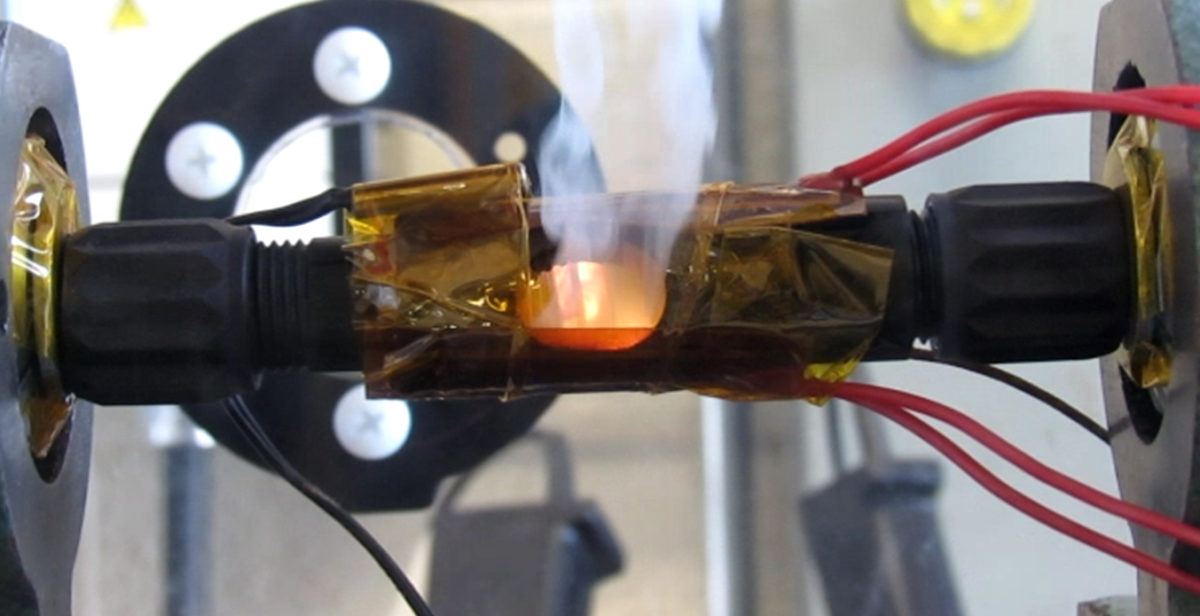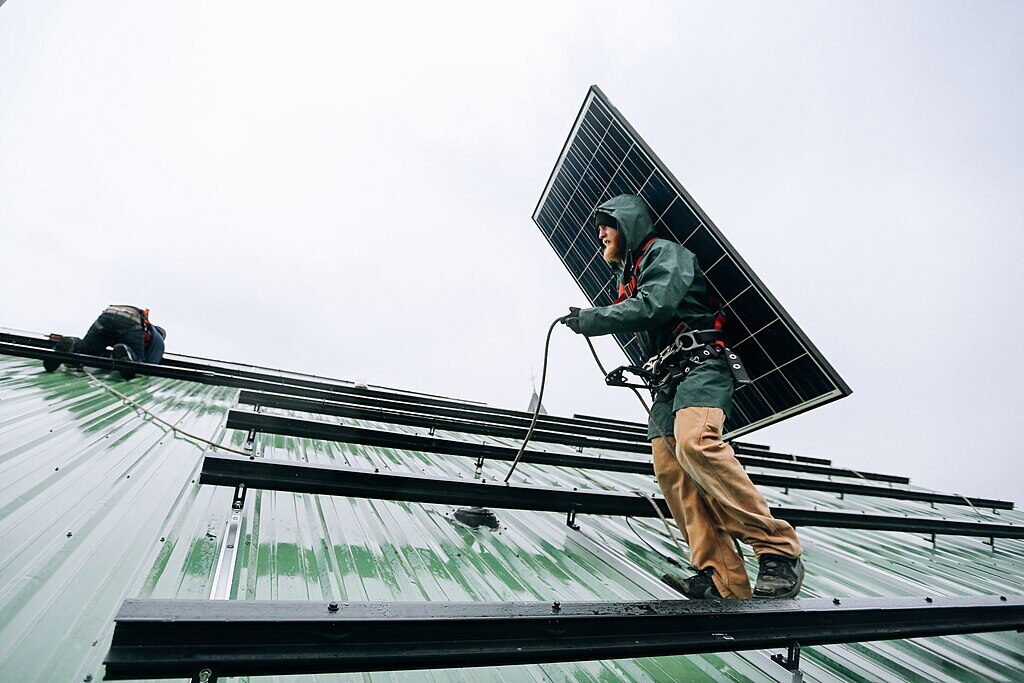Both houses of Congress on December 21 passed a massive 5,593-page mash-up of legislation that included Covid-19 relief to millions of distressed Americans, a 2021 omnibus budget for the entire federal government and — icing on the cake — extensions to the Investment Tax Credit for solar and the Production Tax Credit for wind.
The legislation passed the House by a margin of 359 to 53 and the Senate in a 92-6 vote. The bill now goes to the White House for signing by President Trump.
The legislation provides a two-year extension of the solar Investment Tax Credit (ITC) and additional funding for research and development, including on soft costs critical to distributed energy deployment and support for access to federal lands for renewable energy projects. It included no provisions for energy storage.
The solar ITC will remain at 26% for projects that begin construction in 2021 and 2022, step down to 22% in 2023, and down to 10% in 2024 for commercial projects. Residential credit ends completely. Companies beginning construction on projects in 2021 would still have a four-year period to place their projects in service to take advantage of the ITC, with the statutory deadline for projects placed in service reset to before Jan. 1, 2026.
The legislation also includes a one-year extension of the Production Tax Credit/ITC for land-based wind at 60% of their full value, and a 30% offshore wind investment tax credit for projects that start construction from Jan. 1, 2017 through Dec. 31, 2025.
Signing deals
In other solar industry news, EDF Renewables North America signed the first tranche of 55 MWac / 73 MWdc to BASF through a Power Purchase Agreement for energy produced by the Space City Solar Project in Texas. The project’s total capacity is up to 345 MWac / 455 MWdc. Space City Solar is expected to start construction next summer and and enter service in summer 2022.
And under an agreement with AES, Soltec Power Holdings will supply solar trackers for four projects totaling 342 MW which AES plans to develop in several locations in the U.S. The supply agreement is worth more than $30 million.
Addressing the dangers of solar panel arc-faults
Researchers at the Energy Department’s Sandia National Laboratories have been studying arc-faults in solar panels and how to potentially catastrophic fires that can result. Arc-faults are high-power discharges of electricity that can create explosions or flash events due to damaged wires. Work at the New Mexico-based laboratory led to development of electrical in-line connectors that predict and prevent photovoltaic arc-faults before they can ignite electrical fires.
Here was the problem to be solved: As solar panels become more efficient, they produce more power, and at higher current and voltage levels. But as voltage goes up, so do the changes for arc-faults. The new self-extinguishing mechanism, based on work done at Sandia, could solve that problem.
The in-line connector was developed by Guardian Sensors in conjunction with Sandia’s materials research effort. The connector is about an inch long and the diameter of a dime. It contains a metal spring covered in a self-extinguishing polymer material that was developed and tested at Sandia over the last five years. Like other connectors, the self-extinguishing mechanisms would link a series of solar panels like a string of holiday lights that could operate together in a field or on a roof.
The connectors activate at temperatures above 185 degrees Fahrenheit. When activated, the self-extinguishing material melts, fills in the crevasses or breaks in the wires and extends the spring which increases the spark gap between wire conductors so they can no longer produce energy. Researchers say that a combination of the speed of the reaction and the material’s fire-resistant properties will stop a fire in less than 2 seconds.
This content is protected by copyright and may not be reused. If you want to cooperate with us and would like to reuse some of our content, please contact: editors@pv-magazine.com.









So, does the Solar PV tax credit extension apply to residential installs? As someone who is wanting to install solar it would be nice.
John, the step down of residential PV credits is pushed out and is not fundamentally changed. The extension that Congress passed moved the timeline for the residential step down.
Thanks David. From what I am reading elsewhere instead of the residential tax credit dropping to 22% in 2021 it will be 26% for both 2021 and 2022.